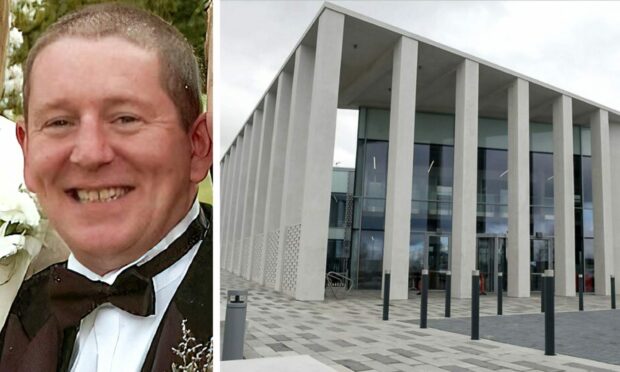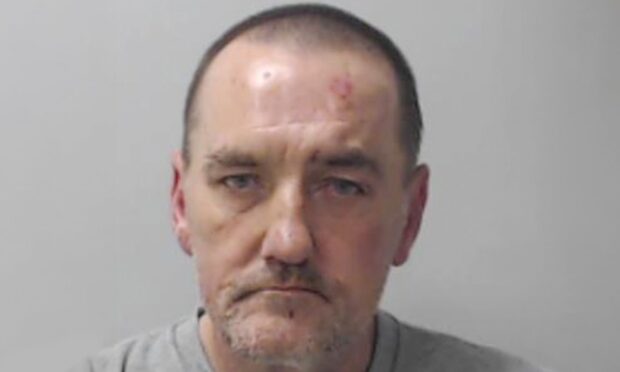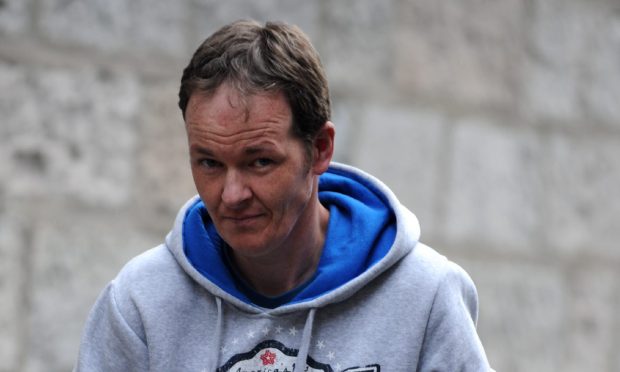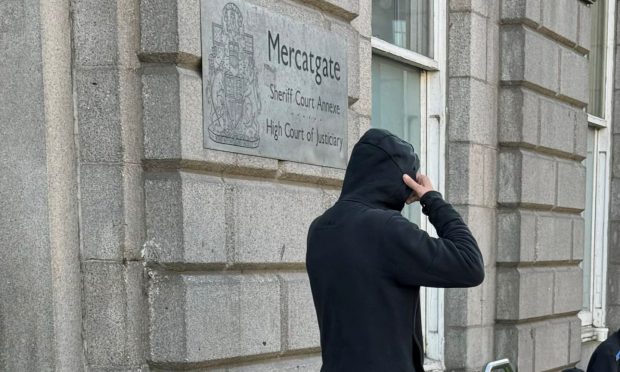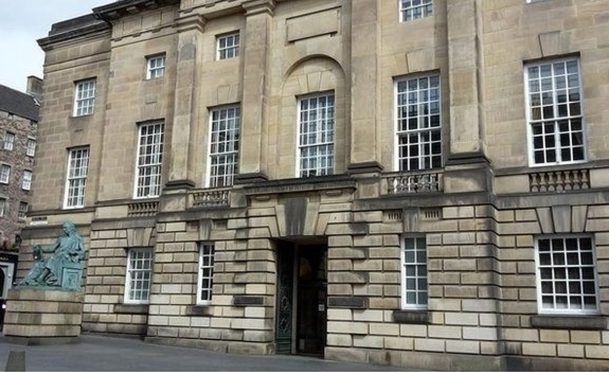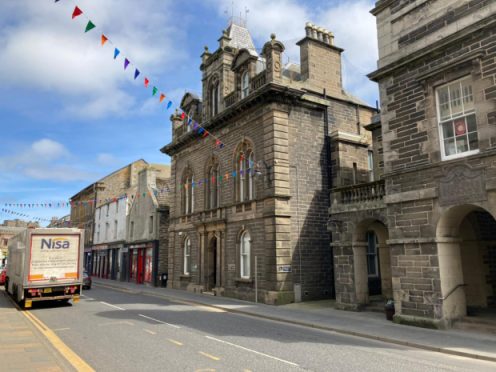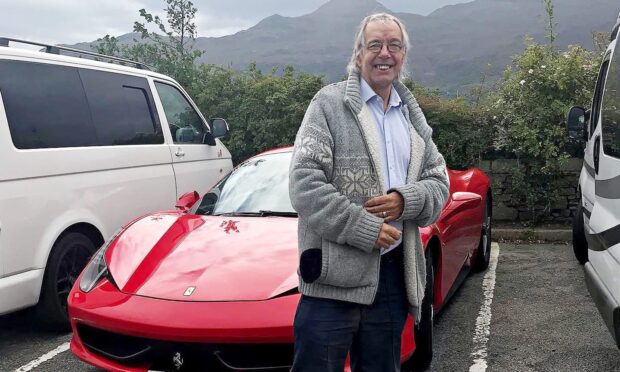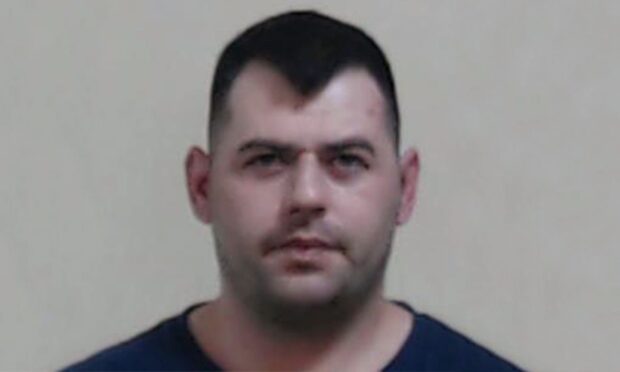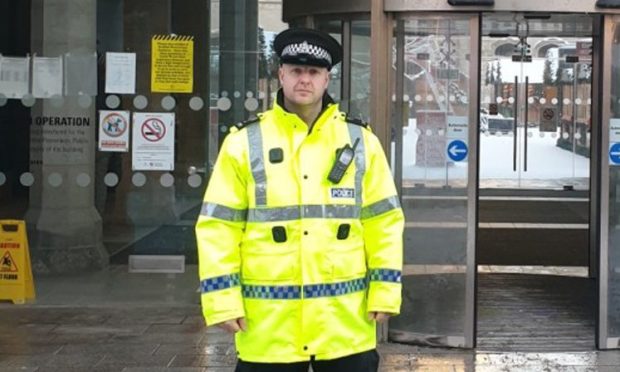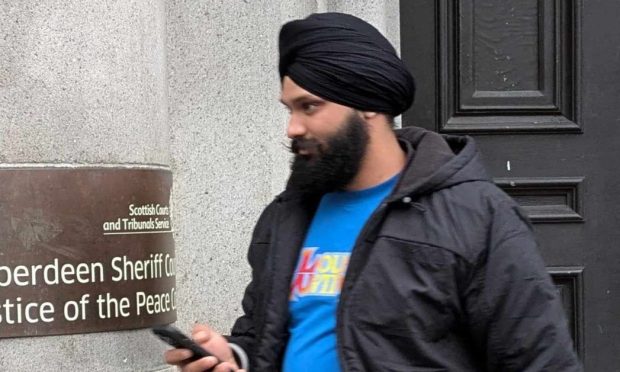A man accused of murder has told a court that he cannot remember the details of the incident that led to his friend’s death.
Bruce Rothwell had drunk at least half a litre of vodka before an altercation which left him with wounds to his head and Thomas McTeir in cardiac arrest on the floor of his home.
Rothwell denies murdering the 50-year-old at his home in Barrogill Street, Wick, claiming he acted in self-defence.
And today he told the jury at the High Court in Inverness that there was a gap in his memory of the day in question.
He said: “There is a period I don’t know, the next thing I see when I come to my senses is Tommy on the floor, face down.”
But under cross-examination from advocate depute John McElroy, Rothwell conceded that he could not actually tell the court what happened despite asserting: “I would most definitely have remembered if I had tried to choke my friend.”
‘I cannot 100% tell you’
When questioned over his own evidence that he could have “mistakenly” done it, Rothwell conceded: “That could have happened in that instant – I cannot 100% tell you that it did or it didn’t.”
But testifying for the defence, consultant forensic pathologist Marjorie Turner said she disagreed with part of this conclusion.
Dr Turner said she believed that injuries to Mr McTeir’s neck were consistent with the medical intervention following his collapse or a fall onto a hard surface.
Injuries ‘not indicative’ of assault
She said: “The pattern of injuries is not indicative of an assault.”
She also explained that Mr McTeir’s underlying health conditions of coronary artery disease and liver disease had left him vulnerable to a sudden heart attack.
In his closing speech for the Crown, Mr McElroy told jurors: “The attack on Mr McTeir was nothing less than a murderous attack.”
Defence counsel Mr Lenehan asked jurors to reflect on “the impossibility of being certain” about the post-mortem evidence and reminded them that Rothwell had “left the safety and security of the dock and exposed himself to personal interrogation” when he was under no obligation to do so.
Lord Arthurson is expected to charge the jurors in the morning before deliberation can begin.
